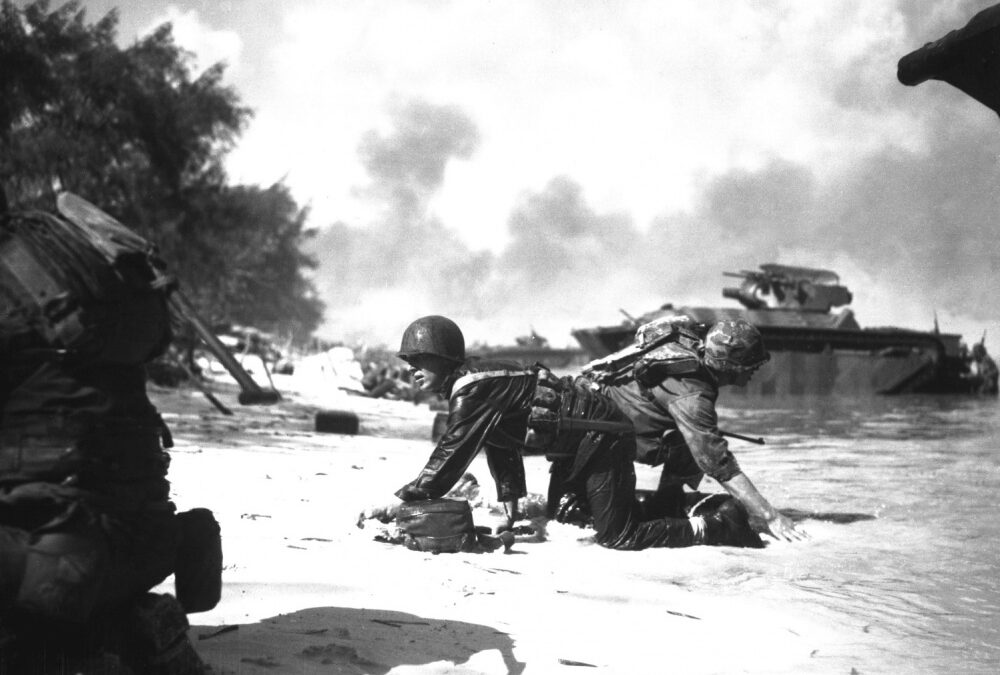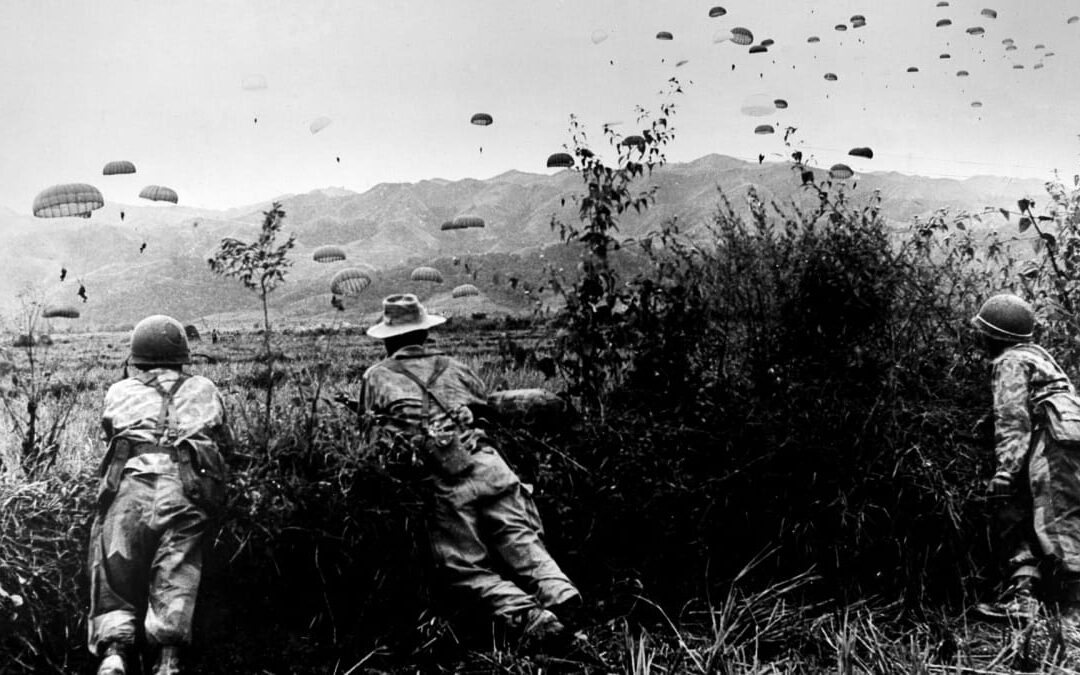Within weeks of Pearl Harbor, the Japanese Imperial Army pushed American and Filipino troops out of Manila. They were forced into the jungles of the Bataan Peninsula and the Island of Corregidor where they were cut off from supplies. Hungry and suffering from tropical disease, the troops were promised by the commanding Gen. Douglas MacArthur that "thousands of planes" with food, medicine, and reinforcements were on their way. But no help had arrived by March when MacArthur was ordered to leave and set up a command in Australia. Over 25000 American Soldiers Surrendered Into Captivity During the Raid On Cabanatuan By April, Allied losses and the lack of supplies in Bataan were so bad that Maj. Gen. Edward King, the local commander, ordered the surrender of 70,000 troops (Filipinos and Americans); the largest American army in history to surrender. Having made plans to accept the surrender of about 25,000 soldiers, the Japanese were overwhelmed with POWs. Food, water, and...











